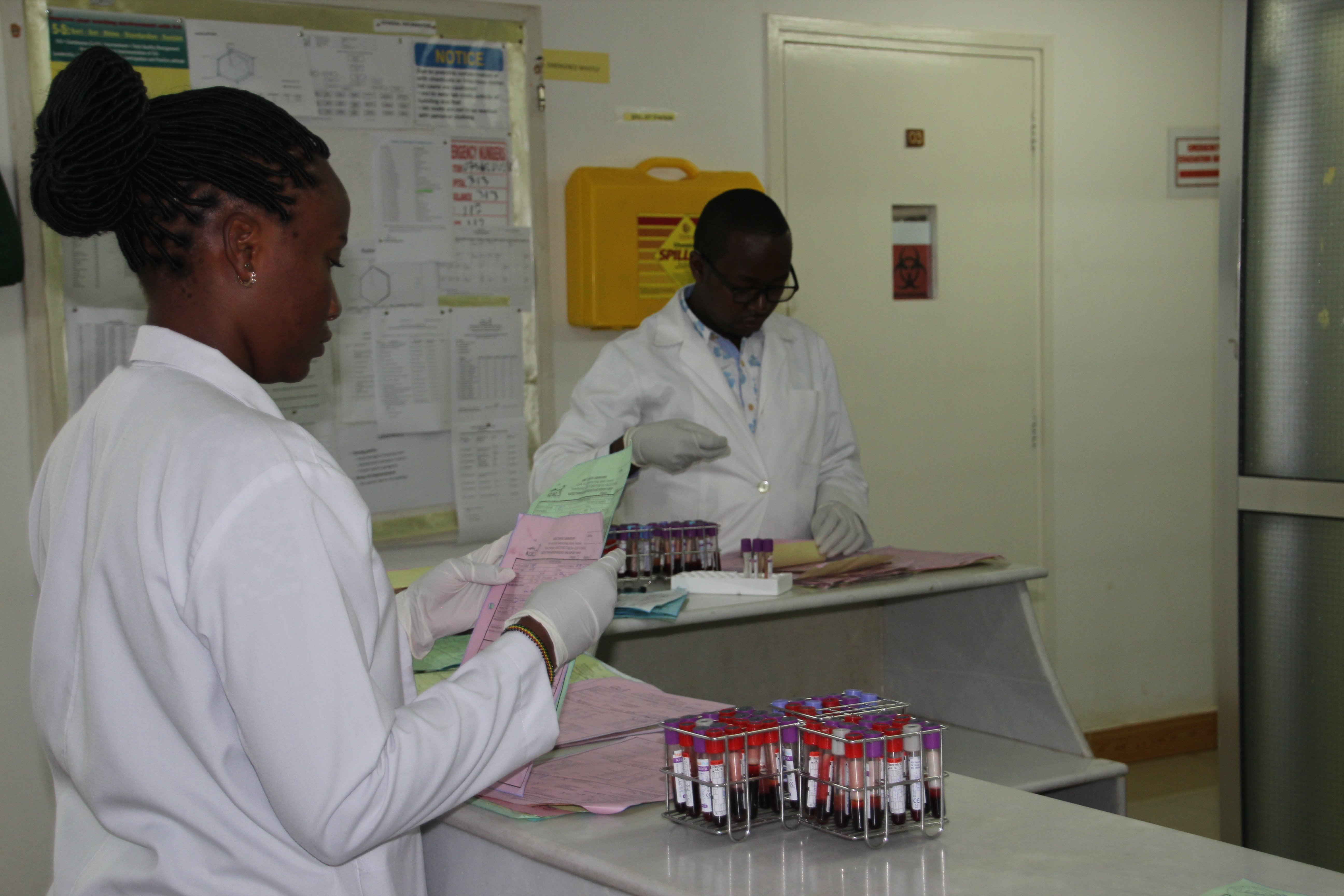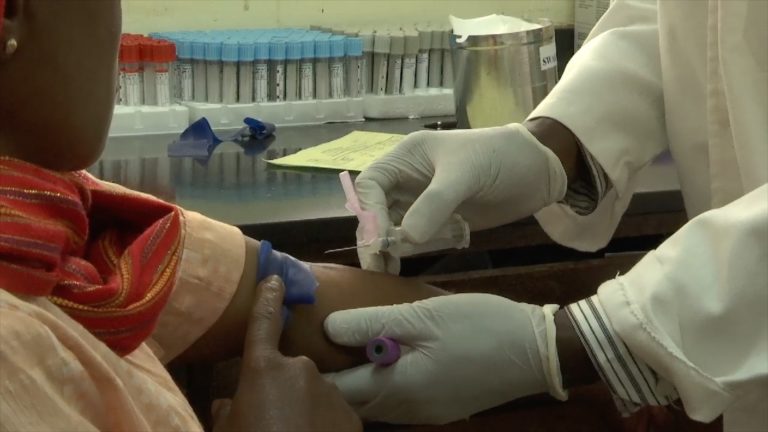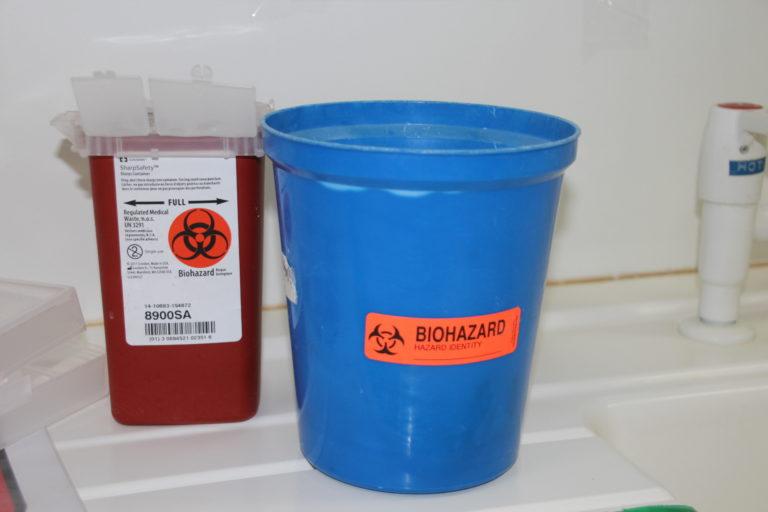Preventive measures

Share this step
Prevention is the best method to avoid diseases due to biological factors. A risk assessment is important in prevention planning. If control of the biological factor cannot be achieved at the source, an attempt should be made to reduce the exposure by, for instance, ventilation, or interrupting the path of exposure between the biological factor and the worker, for instance by using personal protective equipment.
Also, rules and regulations are often of great importance for implementing preventive actions. An example of this is a political resolution to end tuberculosis, adopted by the United Nation General Assembly 26th September 2018 (see the UN logo in the photo above). Tuberculosis is a problem for several occupational Groups; miners as well as health personnel, and the resolution will be of importance for many workers. You can read more about this process here: UN General Assembly high-level meeting on ending TB
In the following text, we will give other examples of preventive actions for work-related infectious diseases. During the fourth week of this course you will learn about prevention of respiratory diseases that can be caused by biological factors.
Hand hygiene
During a normal working day, the hands will be contaminated with several bacteria and other infectious agents from contact with other humans, infected surfaces, foods or animals. Hand hygiene is the most effective intervention to reduce transmission of infections and resistant germs, and hence of utmost importance in the prevention of infectious diseases. This is especially true in health care services due to clinical encounters with patients who have different kinds of infections, but it is also true in other settings where workers are exposed to infectious agents.
Hand wash is an easy and effective method to prevent infections. © G. Tjalvin
The hands should always be washed:
- After being on the toilet
- After contact with animals or waste
- Before preparing food and after
- Before eating food
- Before and after treating wounds
- Before and after contact with sick or persons
- After staying in large public areas like airports, train and bus stations, playgrounds and restaurants.
- After work.
This is an additional video, hosted on YouTube.
Personal protective equipment
 Gloves protect the hands from infectious agents. © University of Bergen/Frode Ims
Gloves protect the hands from infectious agents. © University of Bergen/Frode Ims Surgeons using gloves, medical mask and eye protection to protect themselves from contagious agents during surgery. © Colourbox
Surgeons using gloves, medical mask and eye protection to protect themselves from contagious agents during surgery. © Colourbox The white uniforms are protecting the workers. © G. Tjalvin
The white uniforms are protecting the workers. © G. Tjalvin Development of safe work practices for handling needles and other sharp devices is important to avoid needle stick injuries. © University of Bergen/Frode Ims
Development of safe work practices for handling needles and other sharp devices is important to avoid needle stick injuries. © University of Bergen/Frode ImsPreventing needle sticks
• Take a blood sample from the patient with the suspected infectious disease
• Take a blood sample of the person with the accident as soon as possible, follow this with a new blood sample after 6 weeks, 3 months and 6 months.
 Used needles and other contaminated, sharp objects should be discarded safely in a box like this. © G. Tjalvin
Used needles and other contaminated, sharp objects should be discarded safely in a box like this. © G. Tjalvin
Share this
Occupational Health in Developing Countries

Occupational Health in Developing Countries


Reach your personal and professional goals
Unlock access to hundreds of expert online courses and degrees from top universities and educators to gain accredited qualifications and professional CV-building certificates.
Join over 18 million learners to launch, switch or build upon your career, all at your own pace, across a wide range of topic areas.
Register to receive updates
-
Create an account to receive our newsletter, course recommendations and promotions.
Register for free







